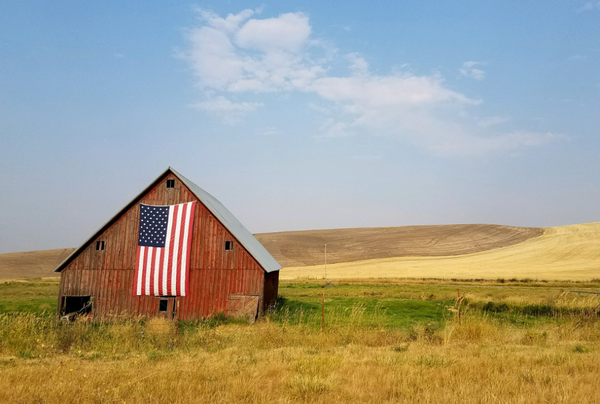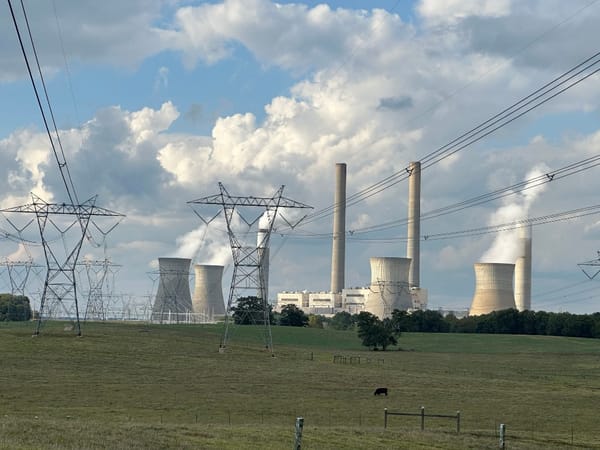Johnny Kampis: Federal Bureaucracy an Impediment to Broadband on Tribal Lands
18% of people living on Tribal lands lack broadband access, compared to 4% of residents in non-tribal areas.
Johnny Kampis

A new study from the Phoenix Center finds that as the federal government pours tens of billions of dollars into shrinking the digital divide in tribal areas, much of that gap has already been eliminated.
The report, and a second from the U.S. Government Accountability Office, are more indications that regulations and economic factors that include income levels continue to hamper efforts to get broadband to all Americans.
The Infrastructure Investment and Jobs Act of 2021 allocated $45 billion toward tribal lands. This was done as part of a massive effort by the federal government to extend broadband infrastructure to unserved and underserved areas of the United States.
George Ford, chief economist at the Phoenix Center for Advanced Legal & Economic Public Policy Studies, wrote in the recent policy bulletin that while there is still plenty of work needed to be done in terms of connectivity, efforts in recent years have largely eliminated the broadband gap between tribal and non-tribal areas.
Ford examined broadband deployment around the U.S. between 2014 and 2020 using Form 477 data from the Federal Communications Commission, comparing tribal and non-tribal census tracts.
Ford points out in the bulletin that the FCC has observed several challenges for broadband deployment in tribal areas, including rugged terrain, complex permitting processes, jurisdictional issues, a higher ratio of residences to business customers, higher poverty rates, and cultural and language barriers.
Ford controlled for some of these differences in his study comparing tribal and non-tribal areas. He reports in the bulletin that the statistics suggest nearly equal treatment in high-speed internet development.
Encouraging results about availability of broadband in Tribal areas
“These results are encouraging, suggesting that broadband availability in Tribal areas is becoming closer or equal to non-Tribal areas over time, and that any broadband gap is largely the result of economic characteristics and not the disparate treatment of Tribal areas,” Ford wrote.
But he also notes that unconditioned differences show a 10-percentage point spread in availability in tribal areas, which indicates how much poverty, low population density, and red tape is harming the efforts to close the digital divide there.
“These results do not imply that broadband is ubiquitous in either Tribal or non-Tribal areas; instead, these results simply demonstrate that the difference in availability between Tribal and non-Tribal areas is shrinking and that this difference is mostly explained by a few demographic characteristics,” Ford wrote.
In a recent report, the GAO suggests that part of the problem lies with the federal bureaucracy – that “tribes have struggled to identify which federal program meets their needs and have had difficulty navigating complex application processes.”
GAO states that 18 percent of people living on tribal lands lack broadband access, compared to 4 percent of residents in non-tribal areas.
The GAO recommended that the Executive Office of the President specifically address tribal needs within a national broadband strategy and that the Department of Commerce create a framework within the American Broadband Initiative for addressing tribal issues.
“The Executive Office of the President did not agree or disagree with our recommendation but highlighted the importance of tribal engagement in developing a strategy,” the report notes.
That goes together with the GAO’s dig at the overall lack of a national broadband strategy by the Biden Administration in a June report. As the Taxpayers Protection Alliance reported, the federal auditor noted that 15 federal agencies administer more than 100 different broadband funding programs, and that despite a taxpayer investment of $44 billion from 2015 through 2020, “millions of Americans still lack broadband, and communities with limited resources may be most affected by fragmentation.”
President Biden has set a goal for universal broadband access in the U.S. by 2030. These recent reports show that the federal bureaucracy under his watch needs to do a better job of getting out of its own way.
Johnny Kampis is the director of telecom policy for the Taxpayers Protection Alliance. This piece is exclusive to Broadband Breakfast.
Broadband Breakfast accepts commentary from informed observers of the broadband scene. Please send pieces to commentary@breakfast.media. The views reflected in Expert Opinion pieces do not necessarily reflect the views of Broadband Breakfast and Breakfast Media LLC.










Member discussion